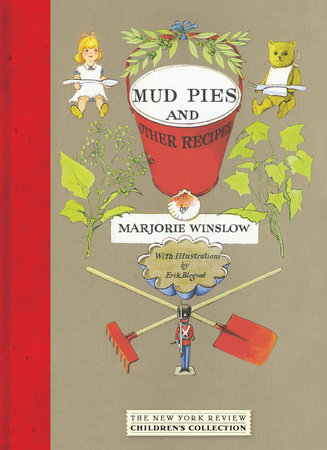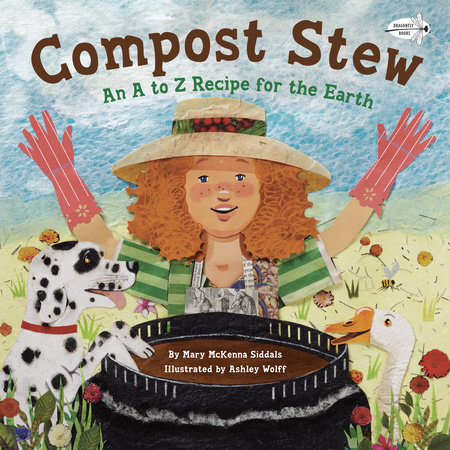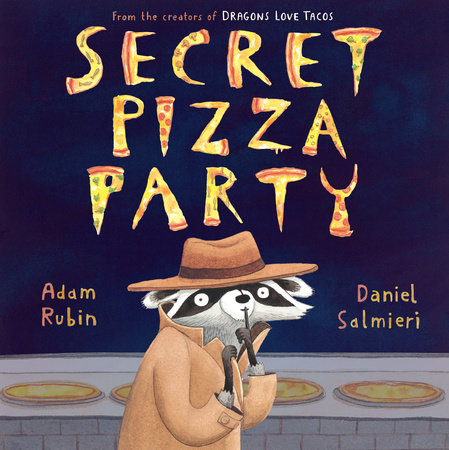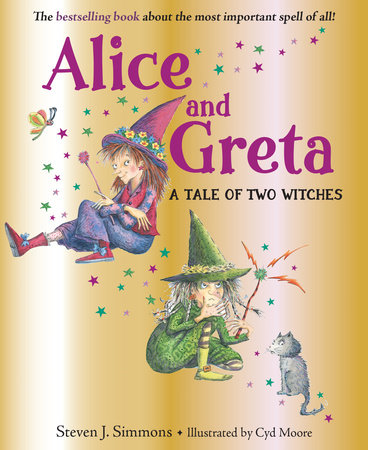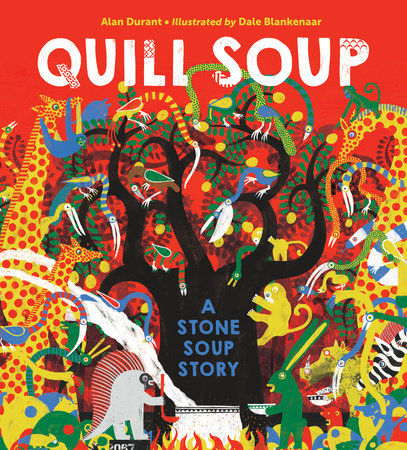How Nature “Cooking” Pretend Play Builds Kids’ Literacy Skills
by Lindsay Barrett
I have a reputation among my teacher friends as the lady who makes everyone add a mud kitchen to their yard or school playground. Besides being fun, making mud pies, stirring up leaf stews, and concocting potions can help kids build important skills. While an outdoor play kitchen is awesome if you can have one, it’s not a requirement. The only “ingredients” you need to reap the benefits of nature cooking pretend play for kids are an outdoor setting, some nature items to scoop, pick, stir, or sprinkle, and some old pots, pans, and utensils. (Plus, maybe some great books for inspiration; check out the list of favorites at the end of this post.)
Curious about why nature cooking play is so great for kids? (Or do you need to justify a mud kitchen installation?) Check out these five ways pretend nature cooking supports kids’ learning:
Nature cooking builds kids’ background knowledge and vocabulary.
As kids hunt for ingredients and investigate their properties, they naturally build background knowledge about their environment they can connect to future science learning and use to better understand books they read. Each season invites new possibilities for play and learning unique to your location. Spring could be for mud baking, summer may offer plenty of flower garnishes, and fall could bring fruits, nuts, seeds, and leaves perfect for “stew.” For wintry climates, nature cooking tools are an unexpected way to explore snow and ice.
Nature cooking play is ripe for oral language development and vocabulary learning. Besides talking about names and properties of nature items, it’s a memorable chance to try out cooking-related vocabulary and adjectives to describe food. Are the sand muffins “scrumptious” or “disgusting?” Plus, pretend play scenarios can familiarize kids with common language structures like describing a recipe or ordering at a restaurant.
Nature play gives kids the sensory experiences they crave.
Sensory play is essential for many kids, and nature cooking is a choose-your-own-comfort-level sensory experience. Prefer to proceed cautiously? Use a spoon. Desperate to get messy? Plunge your hands into that mucky “soup.”
I see so many big kids gravitate towards pretend nature cooking, probably because they don’t have as much messy, imaginative play in their lives anymore, and their bodies still want it. When kids get experiences satisfying those needs — say, at recess or before homework time — they can regulate their emotions better and focus during sit-down learning tasks.
Nature cooking play promotes social-emotional learning.
Pretend nature cooking can be a quiet, solitary activity, but, more often, it sparks interaction. Group play stretches kids to cooperate, share supplies and ingredients, and be flexible when something spills. All kids must learn to balance their play urges with caring for the larger environment. (Should we decimate that gorgeous shrub for flowers to sprinkle on our “cake?” Well, no…let’s just take a few dropped petals.) Big kids especially love flexing their creativity during nature cooking. Upper elementary kids on our school playground were disappointed when the outdoor spigot was turned off. So, they fashioned a collection system under a building drainpipe to ensure they had water for their next recess-time potion-making!
Academic subjects are more fun with nature cooking.
If you’re good with inevitably dirty fingernails, tons of academic skills and content can be woven into nature play. Have kids make a sign advertising their best dish or write out the recipe. With recipes like “Fried Water” and “Wood Chip Dip,” Mud Pies and Other Recipes by Marjorie Winslow is a delightfully vintage example. Learn about cultural uses for different plants and test out ideas during play. “Quick, make me a poultice for this insect bite!”
Looking for outdoor science and math learning opportunities? Create a field guide of nature cooking “ingredients” and where to find them to build scientific knowledge. Read Compost Stew: An A to Z Recipe for the Earth by Mary McKenna Siddals, and create your own pot to observe decay over time. Measure, weigh, and count ingredients, or divide a pan of mud brownies with sticks to learn about fractions.
Nature cooking stretches kids’ sense of story in new ways.
Pretend cooking play invites kids into an imaginary world where sticks are delicious, and it’s the perfect chance to act out or extend stories they’ve read. For little ones, read and then act out Rabbit Stew by Wendy Wahman, in which a family of rabbits worries they’re destined to be Fox’s secret ingredient until he presents them with a delicious pot of vegetable soup. For any age, grab an old pizza pan and host a hilarious Secret Pizza Party based on Adam Rubin’s story of a pizza-loving raccoon. Or kick off some creative nature potion-making by sharing Alice and Greta: A Tale of Two Witches by Steven J. Simmons. Practice retelling a traditional tale with Quill Soup by Alan Durant, a West African version of the “stone soup” story in which porcupine quills are the magic ingredient in a sneaky community dish. (Twigs are an excellent ingredient substitution should you not have a porcupine available.)
-
Books Mentioned:
-
Mud Pies and Other Recipes
Also available from:Compost Stew
Also available from:Rabbit Stew
Also available from:Secret Pizza Party
Also available from: -
Alice and Greta
Also available from:Quill Soup
Also available from:

